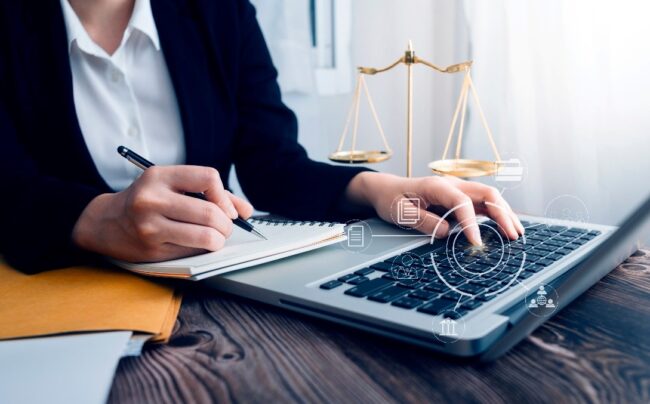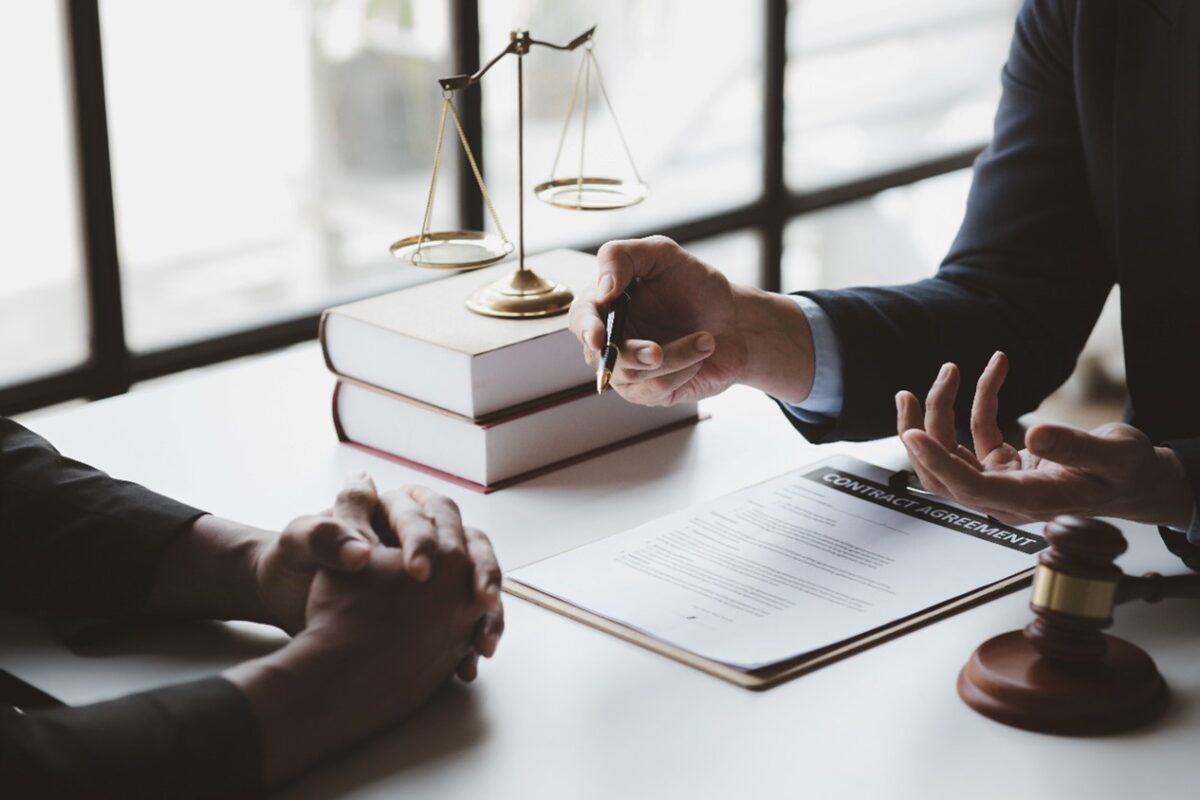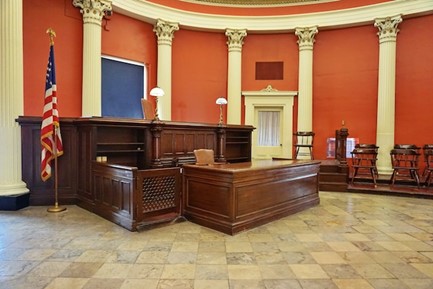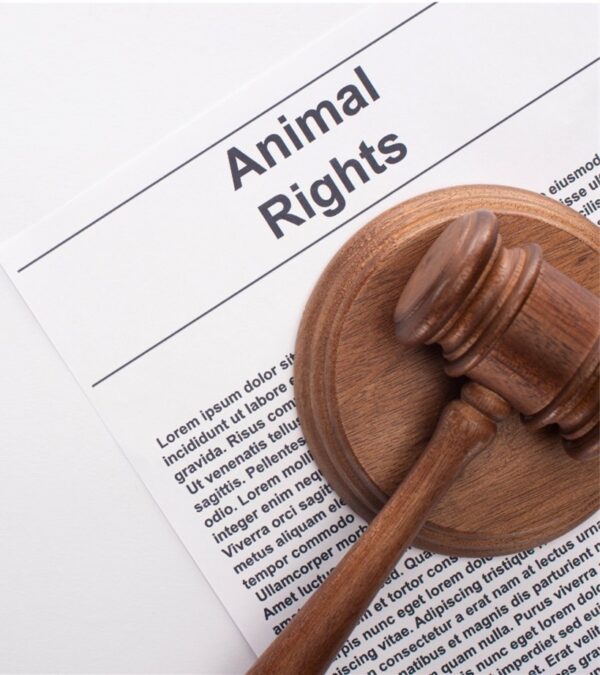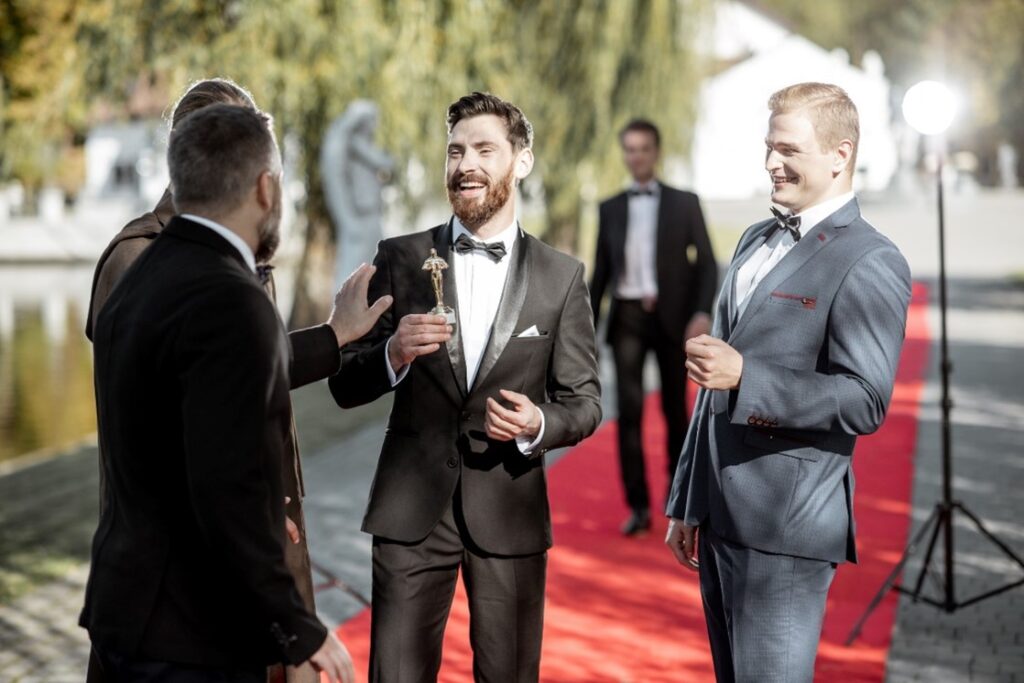In an era defined by technological innovation, the field of mediation is undergoing a transformation. Digital tools are revolutionizing the way conflicts are resolved, offering new avenues for efficiency, accessibility, and effectiveness. In this article, Tricia A. Bigelow explores the cutting-edge technologies that are reshaping mediation, from virtual mediation platforms to AI-powered dispute resolution tools. These innovations hold the promise of streamlining the conflict resolution process and facilitating more amicable outcomes.
Virtual Mediation Platforms: Bridging Distances, Fostering Collaboration
One of the most significant advancements in mediation is the rise of virtual mediation platforms. These platforms enable parties in dispute to engage in mediation sessions remotely, eliminating the need for physical presence.
Video conferencing, secure messaging, and file-sharing capabilities facilitate seamless communication and collaboration, making it easier for individuals separated by geographical distances to participate in the mediation process. This accessibility ensures that mediation is not hindered by logistical barriers, leading to more inclusive and efficient conflict resolution.
AI-Powered Dispute Resolution Tools: Enhancing Decision-Making
Artificial intelligence (AI) is revolutionizing conflict resolution through advanced algorithms that assist in decision-making. AI tools can analyze vast amounts of data related to the dispute, identifying patterns and potential solutions.
This data-driven approach enhances the mediator’s ability to offer informed recommendations and assists parties in making well-informed decisions. By augmenting the mediator’s expertise with AI-driven insights, the resolution process becomes more efficient and effective.
Online Dispute Resolution (ODR) Platforms: Streamlining the Process
Online Dispute Resolution (ODR) platforms integrate technology into the mediation process, providing a centralized platform for managing and resolving disputes. These platforms often incorporate AI-driven chatbots, automated document management, and secure communication channels.
By automating certain aspects of the mediation process, ODR platforms streamline administrative tasks, allowing mediators to focus more on facilitating productive dialogue and finding mutually agreeable solutions.
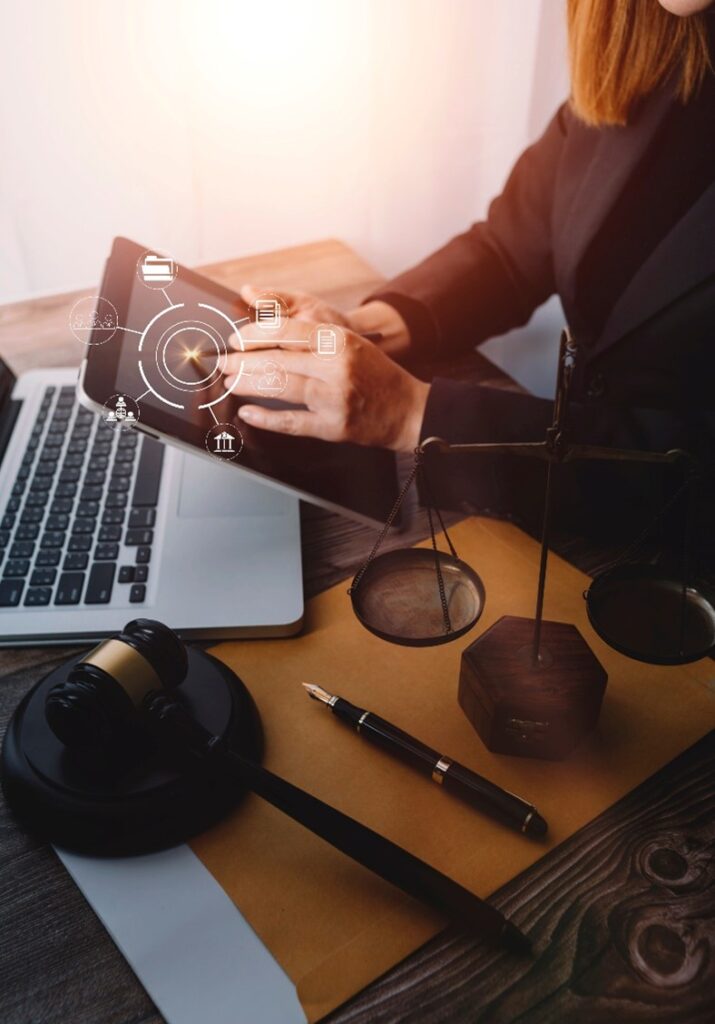
Blockchain Technology: Ensuring Transparency and Security
Blockchain technology, known for its secure and transparent ledger system, is finding applications in dispute resolution. Smart contracts, which are self-executing contracts with the terms directly written into code, can automate specific aspects of agreements reached during mediation. This technology ensures that agreed-upon terms are securely recorded and executed, reducing the likelihood of disputes arising from misunderstandings or breaches of contract.
Data Analytics for Informed Decision-Making
Data analytics play a crucial role in modern mediation by providing insights into trends, success rates, and potential areas for improvement. By analyzing data from previous mediations, practitioners can refine their strategies and approaches. This evidence-based approach enhances the mediator’s ability to guide parties towards mutually satisfactory resolutions.
Conclusion: Embracing a Digital Future for Mediation
As technology continues to advance, the integration of digital tools into the field of mediation offers immense potential for efficiency and effectiveness. Virtual mediation platforms, AI-powered tools, ODR platforms, blockchain technology, and data analytics are reshaping the way conflicts are resolved.
By harnessing these innovations, mediators can navigate disputes with greater precision, foster collaboration, and ultimately, facilitate more satisfactory outcomes for all parties involved. Embracing the digital frontier of mediation ensures that conflict resolution remains a dynamic and adaptable process in our rapidly evolving world.

